Broken Bonds
Suicide is a public health crisis that experts at the Medical College of Georgia are trying to change, whether it be through better education and prevention efforts or through the search for a biomarker that would indicate who is most at risk.
He was my ditto
Identical twins share an undeniable bond.
Pragmatically speaking, it could be because they share the same DNA. Anecdotally, identical twins have reported feeling each other’s pain and joy and even being able to complete each other’s sentences.
The bond began at birth for identical twins Ron and Don Graham. It was shattered on a hot middle Georgia afternoon when Ron committed suicide.
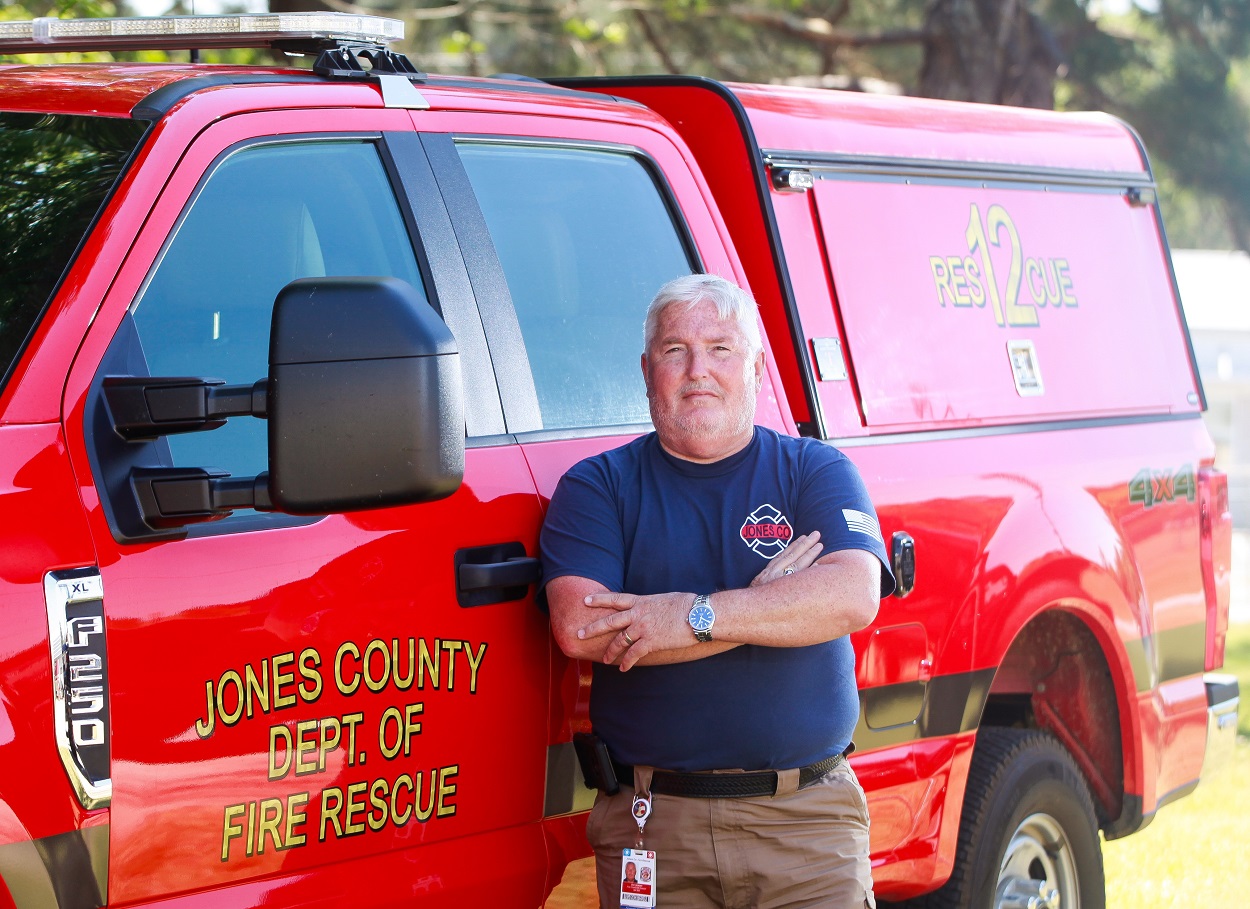
Arriving two months premature in 1958, at a little over two pounds, Don Graham was the “sick and puny” twin while Ron was stronger. “I didn’t start thriving until they put me in the incubator with Ron,” Don says.
Their bond endured, even through their teenage years — they shared a car as 16-year-olds and went on double dates. As adults, they still spoke on the phone every day and even decided to pursue the same career as firefighters/paramedics — Don still works as fire chief and emergency management director for Jones County, Georgia.
“He was my ditto,” Don says. “We just didn’t do anything without each other. We were so much alike it was almost scary.”
The morning of Aug. 8, 2015, Don was busy going about his Saturday ritual of cleaning the house, changing all the bedsheets, when his ditto called like he always did. Ron noticed his brother was out of breath and Don laughed and explained that he was exhausted from changing 11 pillowcases. Ron joked that he only had eight pillows and the two chatted some more about a hockey game Ron was excited to watch on television that afternoon. When they hung up, Don texted his brother a picture of those 11 pillows piled on the bed.
Don still has that photo saved on his phone six years later. It was the last time he was able to text his twin brother. Later that afternoon, Ron texted a friend about coming over to watch the game at his house in Cochran, Georgia. Sometime later, he placed his shoes beside his recliner, leaned the chair back, covered up with a blanket and shot himself in the head.
Back in Jones County, Don was in the grocery store when a friend called to tell him he’d heard a rumor that Ron had committed suicide. Don left his cart in the middle of an aisle and walked out of the grocery store in a daze. By the time he reached his car, the sheriff called confirming what he knew in his heart to be true.

His brother was gone.
“I had so many questions. I just didn’t understand,” Don says. “He had no history of mental illness or drug or alcohol use.” He can only speculate that maybe all Ron had seen as a paramedic and firefighter took a cumulative toll and that letting his emotions pile up for so long eventually caused something in him to break, or maybe it was something else he didn’t see.
“He absorbed everything and dispersed it in his own way. This was a way out. If he’d just given me the chance to do something,” he trails off. “He knew there wasn’t a thing I wouldn’t do for him.”
Don says one thing that helped ease some of the grief of losing Ron has been throwing himself into finding ways to ensure this doesn’t happen to other people.
“Anything, I didn’t care what it was, if it had something to do with suicide or people trying to hurt themselves, I wanted to be involved. I can relate to (people) through the simple story of my brother, through the love I have for my brother. Helping others is therapy,” he says.
Broadening her focus
A little more than 100 miles away at the Medical College of Georgia, Dr. Martha Tingen has searched for the same type of therapy.
In her more than three decades as a nurse researcher, Tingen, Charles W. Linder, MD, Endowed Chair in Pediatrics and professor of medicine at MCG, has had a laser focus on prevention. She has helped prevent people from becoming obese, helped them stop smoking and exposing children to passive smoke. She has helped children and families develop healthier behaviors, like exercising and eating better, and helped ensure better cancer prevention education and increased access to screenings, particularly for the underserved.
Three years ago her focus broadened in a way she could have never expected.
On January, 17, 2018, Tingen’s oldest son Nathan drove his truck to the Forks Area Trail System near Clarks Hill, South Carolina, and ended his own life at the age of 33.
It shook her to her core. “My life’s work has been prevention and I couldn’t prevent this. I couldn’t save my son,” she says tearfully.
Nathan’s life had been the definition of success. He had All-American good looks. He had been a tennis champion in high school. He was a phenomenal recreational poker player who had won thousands of dollars. Like his mom, he worked as a nurse and had dreams of furthering his education and becoming a nurse anesthetist. “He didn’t have an enemy, he befriended everyone,” Tingen says. “He is one of the most tenderhearted people I have ever known, a true gentle giant.”
And then he was gone.
Tingen knows, she says, Nathan was experiencing a deep heartbrokenness and felt suicide was the only solution. “I feel like half of me died when he died,” she says. “He was my soulmate. I’ll never get over losing him.”

Her grief consumed her for months, and admittedly sometimes it still does. But Tingen, whose work, family and faith have always driven her, set her sights again on prevention. “I believe suicide is 100% preventable, but I also think people have to feel like they can reach out and call someone and be connected with resources ahead of the time they’re in crisis.”
She knew she had to find a way to prevent suicide from devastating other families.
The State of Georgia knew too.
The Georgia Department of Behavioral Health and Developmental Disabilities reached out to Tingen and asked her to apply for a suicide prevention grant.
She named the application Choose Life.
The first sentence on the application read “Prevention is so key to decreasing morbidity and mortality in so many diseases. However, when a suicide occurs, there is no longer an option for prevention.”
She received $113,000 in funding to help address the suicide rates in Richmond County, which based on data from coroner’s reports had high rates of suicide. But the state had a catch. Tingen and her team also had to work with another highrisk county of the state’s choice.
The state’s choice was Jones County.
A problem they didn’t know existed
Located in middle Georgia, sandwiched between Macon and Milledgeville, Gray is the county seat of the largely rural Jones County. It spans around 395 miles and around 29,000 people live there. Tingen knew of the town — she used to drive Nathan and his younger brother Joseph through on the way to Macon for tennis tournaments. What she didn’t know was that it had the 10th highest suicide rate among the state’s 159 counties. Among the 33 counties in the Georgia Department of Behavioral Health and Developmental Disabilities’ Region 2, which also includes Richmond County, it had the highest.
Tingen and her team poured over all the data they could get their hands on — coroner’s reports and answers to the Georgia Student Health Survey, which every student takes annually starting in sixth grade. It asks questions like “Have you ever thought of harming yourself?” and “Have you harmed yourself in the last 30 days?” They couldn’t believe what they read. “The state had told us we would be shocked at the number of (suicides) there, and we were.”
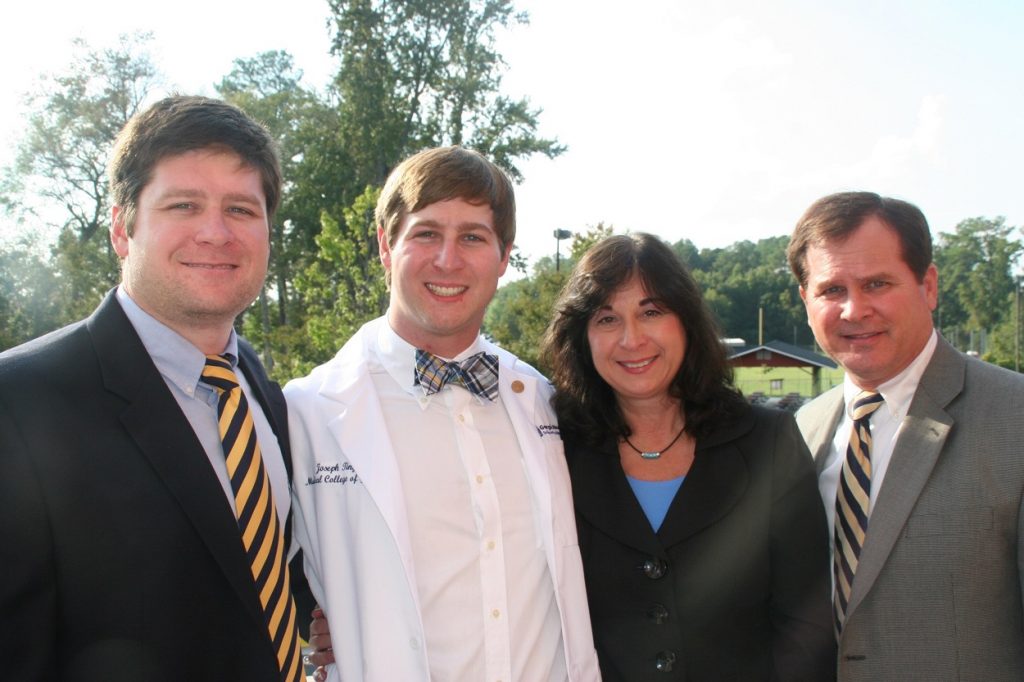
Tingen and her team needed a partner — someone or some group in Jones County that could help them reach the community. They found that in Joy Carr, executive director of the Jones County Family Connection. Family Connections are state-funded collaboratives found across Georgia that are charged with bringing community partners together to develop, implement and evaluate plans to address issues that affect children and their families.
In her initial phone call to Carr, Tingen was her usual matter-of-fact self. “We want to figure out a way to get the community engaged and help develop strategies to prevent suicide,” she told Carr.
“I hadn’t realized how big the problem was,” Carr says. “We knew that we had a general lack of access to mental health services. We had, at the time, two therapy offices in town. We had been working through that and started by adding counseling services in all the schools, but when we got the report from DBHDD and looked at our suicide rates, that was a real eye-opener.”
Carr began reaching out to community stakeholders and invited Tingen to present at an initial meeting with them in July 2019. Tingen told the group that day that her favorite job had always been being a mother and about the absolute devastation and trauma of losing her firstborn to suicide. People began to cry. And then she told them about the similar devastation families in Jones County must be experiencing. “This is a real crisis,” she said. “We want to help.”
After the meeting, Tingen was approached by a man in tears — a man whose twin brother had committed suicide. He told her he’d never get over it and that he wanted to help however he could.
That man was Don Graham. He was the first person to respond to Carr’s initial request for community stakeholders.
A new coalition
After that meeting, Tingen says it was clear community leaders were on board. Her phone and email started blowing up. The coroner was sending every suicide report and at one point there were five suicides in six weeks. “It was becoming more and more clear something needed to be done,” she says.
Throughout her career, Tingen and her research team have followed the tried and true strategic prevention framework when making a plan to address an identified issue. This time was no
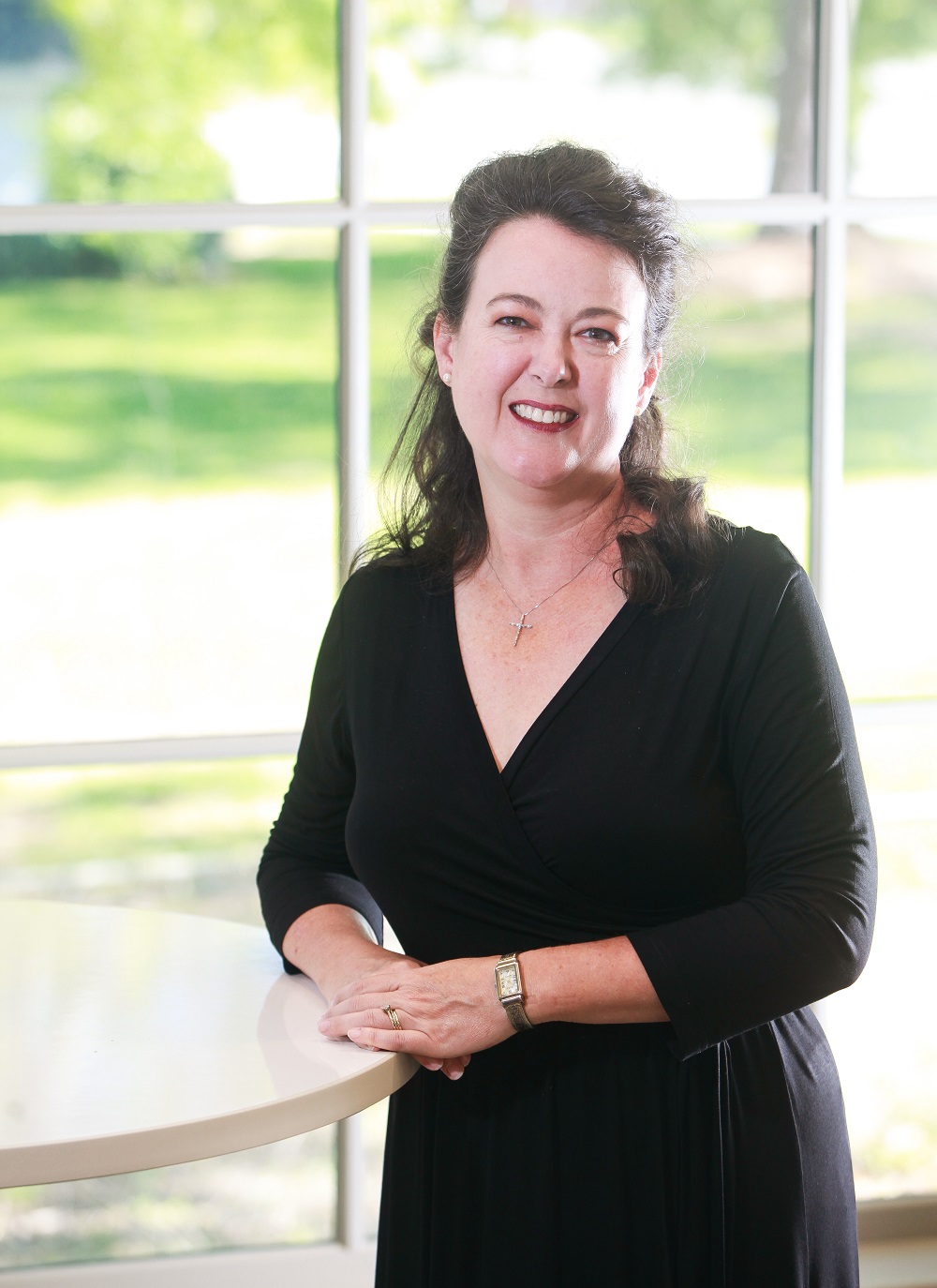
– Joy Carr, executive director of the Jones County Family Connection
different.
There are five steps: Assessment, planning, building capacity, implementing the work and evaluation.
The first step in Jones County was a community readiness assessment. On a scale of 0-9 with 9 meaning the community was fully aware of a problem, had resources in place to address it and was making strides, Jones County scored a 2. “Most people weren’t aware there was a problem, but the good news was that most people there had faith that when they did become aware that community leaders would try to help solve it,” Tingen says.
Next came planning and building capacity — reaching out across the community and figuring out the best ways to reach people. That effort birthed the Jones County Suicide Prevention Coalition with leaders from the school system to the coroner’s office, from EMTs to the mayor’s office. It was formed with three goals in mind: prevention by decreasing the stigma of reaching out for help; intervention to ensure that someone who has attempted suicide doesn’t try again; and postvention — an organized response in the aftermath of a suicide to help family and friends start to heal and to prevent them from attempting suicide since they are at greater risk themselves. Implementation came in many forms, but with a simple goal — raising awareness and destigmatizing reaching out for help.
Volunteers stuffed bags with suicide awareness bracelets, pens and cards with information on what to do and who to call if you or someone you know is suicidal. They gave them out at parades and other community events.
They sent 45,000 mailers to educate people about what to do if they were concerned about someone.
They hung banners at ballfields.
They hosted online chats with health professionals and survivors of suicide.
Teachers took part in Trauma Informed Care training to help them recognize at-risk students.
More than 160 people in the county were trained in QPR, which stands for Question, Persuade and Refer, a widely-used framework known as the CPR for suicide prevention.
Don Graham trained all of Jones County’s paramedics.
The work has paid off.
Every month Tingen’s team is required to provide a monthly progress report to the state, which includes the number of suicides in Jones County. From September 2020 through February of 2021, there were zero. At press time, there had been 1 since the end of February.
“We went from five in six weeks, to none in as many months. That was like a miracle to me,” Tingen says, noting there is always more work to be done. “My (motto) is that one is too many.”
Changing hats
Dr. Vaughn McCall, chair of the MCG Department of Psychiatry and Health Behavior and an expert in depression, insomnia and suicide, would agree.
“This is a major public health problem in this country,” he says. “We’ve made such progress with so many other diseases, but suicide rates just continue to climb. Mortality rates (from suicide) have only increased over the last 20 years. Why?”
That’s anyone’s best guess.
According to a report from the American Psychological Association, there is hardly ever one single identifiable reason that someone commits suicide, making it harder to predict which people are most at risk. The tipping point is different for everyone — from depression or substance abuse for some; stressful life events like relationship problems or unemployment for others; to other factors like previous suicide attempts or childhood abuse.
Many physicians report being uncomfortable bringing up the subject to their patients.
Still another reason, and one McCall and his colleagues have identified as a major driver for suicide is insomnia. “If you have a patient who complains that their sleep has taken a turn for the worse then there is reason to open the door to a question about suicide,” he says.
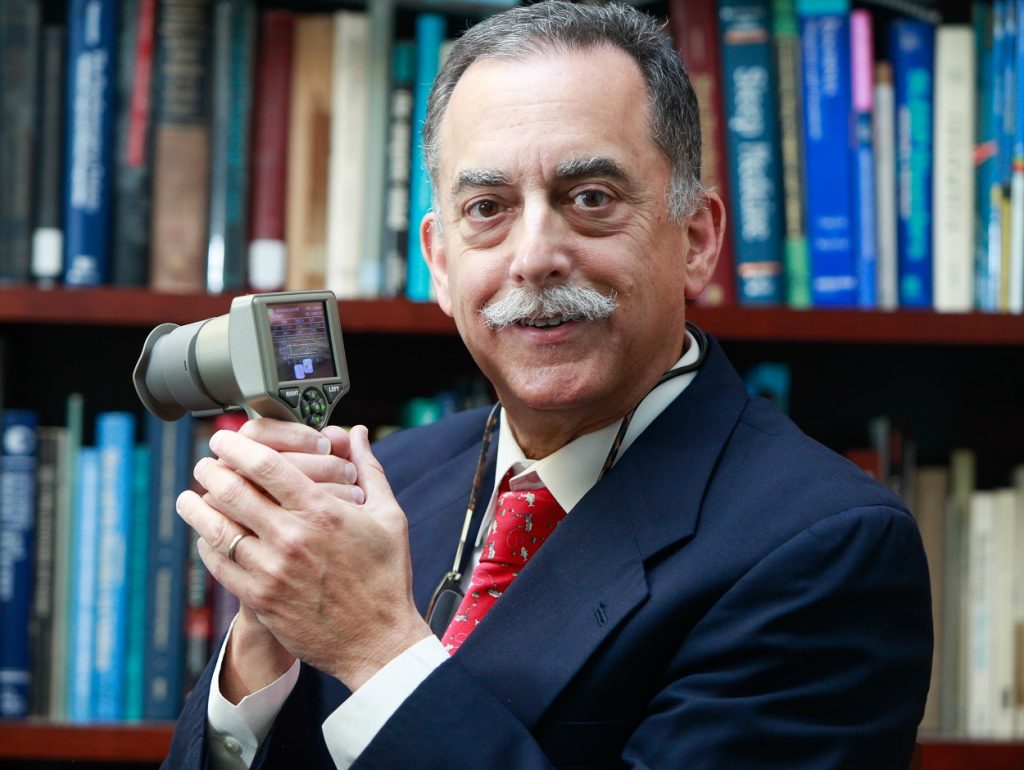
“Insomnia is a risk factor for suicidal thinking, suicidal behavior and suicide death. That is universally true. It cannot be explained away, even controlling for other mental illness like depression and schizophrenia.”
In the 2019 Reducing Suicidal Ideation Through Insomnia Treatment — or RESTIT — study, the first clinical trial looking at whether targeted insomnia treatment reduced suicide risk, McCall and his colleagues found that people with severe insomnia could safely benefit from taking a sedative, in turn reducing suicidal thoughts.
“But then the question became ‘why did that happen,’” McCall says. “Why is insomnia a risk factor for suicide? Why should treating insomnia mitigate suicidal thinking? For that, I had to take off my psychiatry hat and put on my sleep hat.”
Always on go
Around 25 years ago in sleep research a new theory began to circulate. Many physicians treating patients with insomnia began to suspect that many cases weren’t due to a sleep system that was broken, rather an “awake system” that was in overdrive. “It squashes the sleep system so it can’t function,” McCall says. “This hyperarousal theory describes patients that are always on go.”
Many scientists began to hypothesize that if hyperarousal leads to insomnia and insomnia can lead to suicide, then maybe hyperarousal could help explain suicide. This potential biomarker may offer one of the most promising pathways to predicting whose more at risk for suicide, he says.
The problem is how to find out who is always on go and who isn’t.
Insomniacs “run hotter” than other people, so a rectal thermometer with an ambulatory monitor worn for 24 hours could tell us.
Insomniac’s brain rhythms run a little faster, so an EEG could tell us, but not everyone has access to the necessary equipment.
There is a bundle of sympathetic nerves near the groin and impaling those could tell us how quickly the traffic is moving — it’s faster in insomniacs.
“But there is no way any of those will ever have a practical application in a clinical setting,” McCall says. “These are all physiological evidence that indicates insomniacs are in a state of hyperarousal, but you’re not going to go into a psychiatry clinic and use any of them. It’s great science, but you can’t use it.”
Knowing there had to be a better way to measure, McCall and his colleagues have turned their sights to the autonomic nervous system, a control system that acts largely unconsciously and regulates bodily functions like heart rate, digestion, respiratory rate and pupillary response, and is in charge of the body’s fight-or-flight response. They’ve developed a handheld device called a pupillometer that measures and records how the pupil responds to a flash of light and think that will help them learn who has an overzealous autonomic response and, in turn, are in a state of hyperarousal — those whose pupils constrict and dilate quicker.
In an early study of 30 patients — 21 patients with suicidal ideations and nine healthy controls — they were able to show that the device was more powerful in separating the suicidal from the non suicidal than just asking questions like “what’s your appetite been like?” and “how’s your mood been?”
“Can you can imagine if you were in a public mental health clinic, seeing a different patient every 20 minutes and you could walk around with this device and predict whose most at risk,” McCall asks.
We’ve asked all the questions
There are still more questions to be answered.
Among them, if someone is in a state of hyperarousal and that leads to insomnia, will that uniformly lead to suicide? Not necessarily, he says.
“Think of it like atherosclerosis. In some people that will present as coronary artery disease. Some will present with a stroke. Still more with peripheral vascular disease. It’s the same condition but presents in different ways. The same is true with hyperarousal — it could present as insomnia, as suicide, as other things. There will be overlap with other types of mental illness.”
In fact, McCall and another MCG psychiatrist Dr. Brian Miller, who studies schizophrenia, are looking at the pupils of patients with schizophrenia to see if they’re in a state of hyperarousal and whether that makes them more at risk for suicide.
If the device did nothing more than help determine which patients are most at risk and may, for instance, need to be seen more frequently in the clinic, “that would be useful information,” McCall says. “Is it truly possible to prevent suicide? Well, how successful have we been at preventing myocardial infarctions? You just do the best you can. But, we need something that is going to help while patients are actually in clinic.
We’ve focused for too long on asking people questions. We’ve asked all the questions. We need a biomarker.”
Ranking 10th among the leading causes of death in the United States, suicide rates only continue to climb. They increased 35% over the 20-year period from 1998-2018, according to the National Institutes of Health. In 2019, nearly 47,500 people died by suicide, 1 every 11 minutes; 54% did not have a known mental health condition.
SUICIDE NUMBERS for Georgia in 2019:
- 2nd leading cause of death for ages 25-34
- 3rd leading cause of death for ages 15-24
- 4th leading cause of death for ages 35-44
- 10th leading cause of death for all Georgians and in the U.S.
Georgia’s average age-adjusted suicide death rate for 2018 was 14.5 per 100,000 people. Rural counties have a higher suicide rate per capita, so although 79% of suicide deaths in 2018 occurred in non-rural counties, the rates in rural counties are actually higher due to the smaller population sizes.
As of Feb. 1, 2021, the state has increased Choose Life grant funding to $226,000 annually and the team is expanding their work into Columbia County, a neighbor of Richmond County, where work similar to that in Jones County has also been taking place.
While the Jones County Suicide Prevention Coalition is comprised of nearly 80 community members, those most involved include: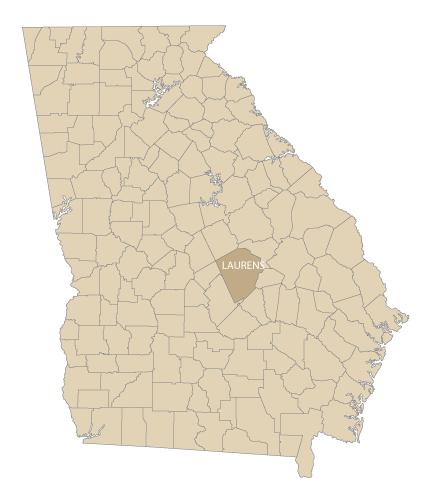
Joy Carr, Family Connection
Trevis Killen, Board of Education
Don Graham, Emergency Management Agency
Scott Walston, Gray Memorial Chapel
Donald Black, Family Connection
Debbie Lurie-Smith, Jones County News
Jordann Cohen, River Edge Behavioral Health
Debra Daniel-Purnell, Retired from Department of Juvenile Justice
Brandi Cunningham, Division of Family and Children Services
Shana Johnson, Operation Early Intervention
Patty Gibbs, Family Counseling Center of Central Georgia
Dianna Gonzalez, Bibb County Department of Community Supervision
Sandra Hammack, First Baptist Church of Gray
Matthew Jarratt, Deputy Coroner and Gray Memorial Chapel
Kerisia Wasztyl, Navicent Health










